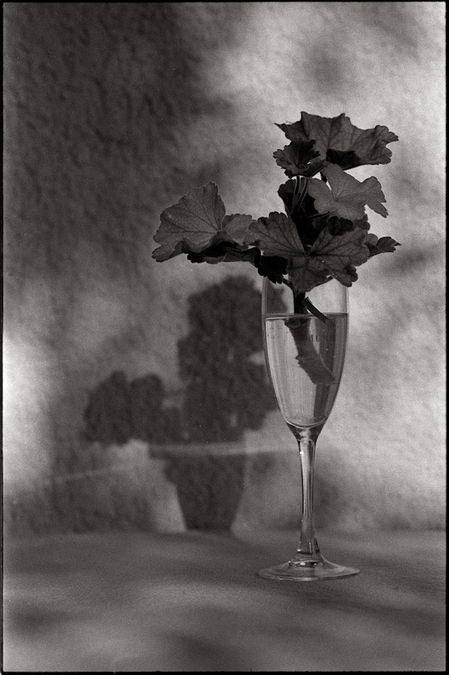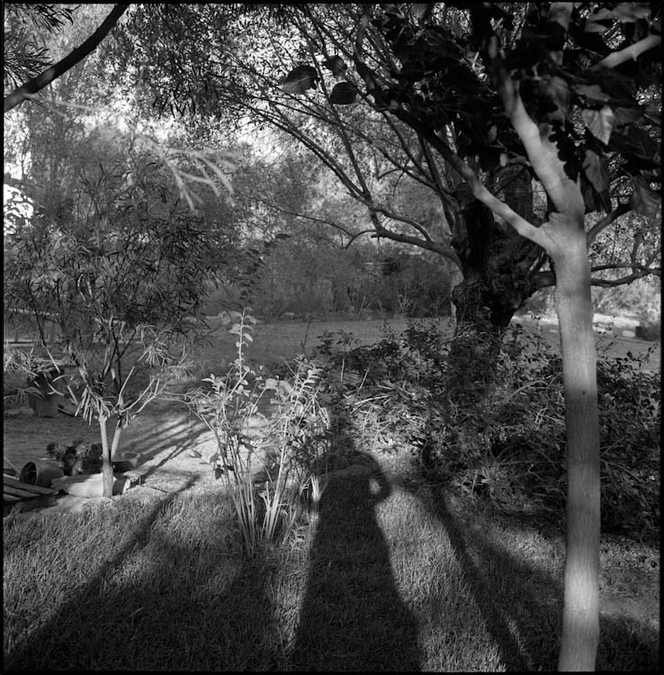Bob Michaels
nobody special
The same way you make Tri-X or Neopan 400 sing.
While I shot Neopan 400 for about ten years then switched to Tri-X several years ago (actually Arista Premium due to lower price) I have shot numerous bricks of HP5+ along the way due to availability. I exposed all the emulsions the same, developed them the same, and the series of prints containing the different emulsions show no distinguishing differences.
Do not set out to reinvent the wheel.
While I shot Neopan 400 for about ten years then switched to Tri-X several years ago (actually Arista Premium due to lower price) I have shot numerous bricks of HP5+ along the way due to availability. I exposed all the emulsions the same, developed them the same, and the series of prints containing the different emulsions show no distinguishing differences.
Do not set out to reinvent the wheel.










